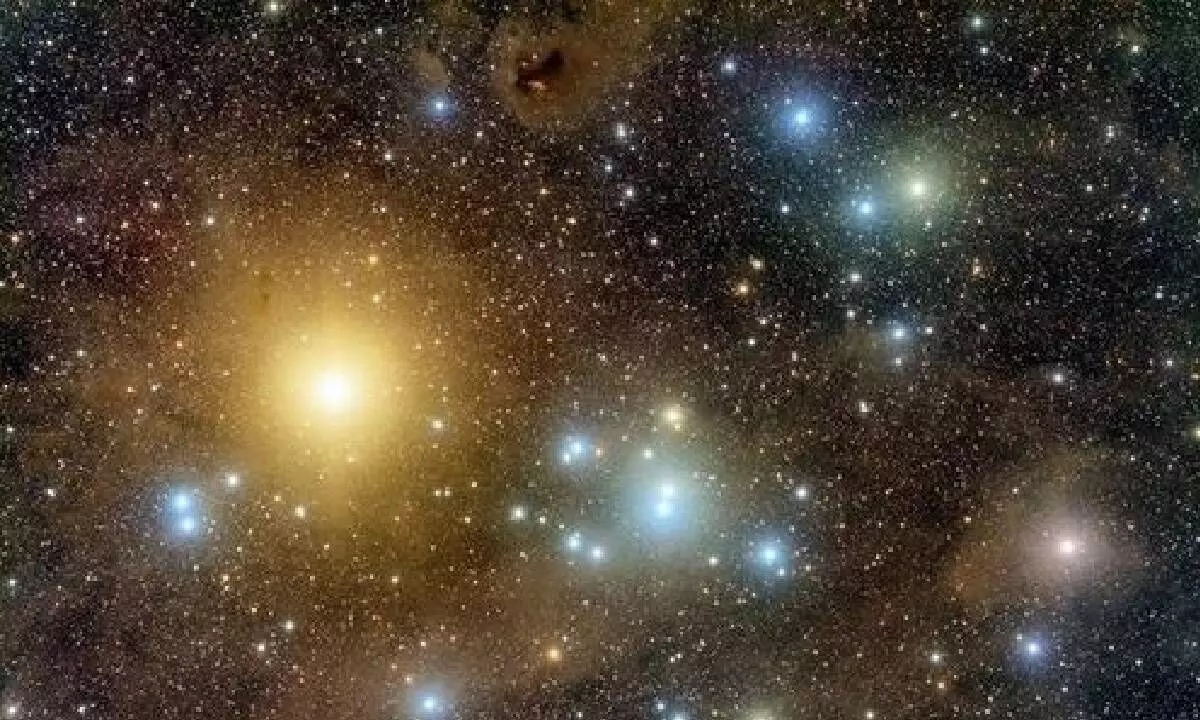Rogue black hole caught ripping star apart
Rogue black hole caught ripping star apart

In a stunning cosmic discovery, NASA's Hubble Space Telescope has captured a rare spectacle: a distant black hole, far from the heart of its galaxy, devouring a star.
Named AT2024tvd, this dramatic event unfolded 600 million light-years away. But what makes it remarkable is the black hole’s unusual location—not at the galaxy’s center, as typically seen with such massive objects. Despite being a million times heavier than our Sun, this black hole is roaming its galaxy’s outskirts.
A star torn apart
This marks the first-ever observation of an “off-center” tidal disruption event (TDE)—when a black hole’s gravity stretches and shreds a star.
The research, led by Yuhan Yao at UC Berkeley, opens new possibilities for discovering more such rogue events. “This could encourage astronomers to search beyond galactic centers,” Yao noted.
A flare alerts astronomers
The event’s bright flare was initially spotted by the Zwicky Transient Facility at Palomar Observatory near San Diego. Follow-up observations by Hubble pinpointed the black hole’s location—2,600 light-years from its galaxy’s core.
Interestingly, this galaxy already hosts a much larger central black hole, with a mass 100 million times that of our Sun.
A galaxy with two massive black holes
Astronomers aren’t surprised to find two giant black holes in a single galaxy. Galaxy collisions are common across cosmic history, often leading to multiple black holes coexisting before merging.
“These wandering black holes may eventually spiral inward and merge,” experts say.
A rare cosmic feast
Massive black holes usually lie silent, only revealing themselves when they consume nearby matter. Such star-eating events happen once every 30,000 years per galaxy, making them incredibly rare to witness.
“This flare is a cosmic lighthouse, briefly illuminating a hidden black hole,” said Ryan Chornock, astronomy professor at UC Berkeley.
A rogue’s mysterious journey
Why is this black hole so far from its galactic core? Astronomers aren’t sure. One theory suggests it was flung out during a chaotic interaction between black holes. Another hints it might be the remnant of a smaller galaxy absorbed over a billion years ago.
A merger—and waves in spacetime?
If the rogue black hole drifts back toward the center, it could eventually merge with the larger black hole, unleashing gravitational waves—ripples in spacetime.
Such an epic merger might be detectable by LISA (Laser Interferometer Space Antenna), a space-based observatory slated for launch in 2035.
The universe just gave us a glimpse into one of its rarest, most violent dances—and scientists are eager to see what happens next.

